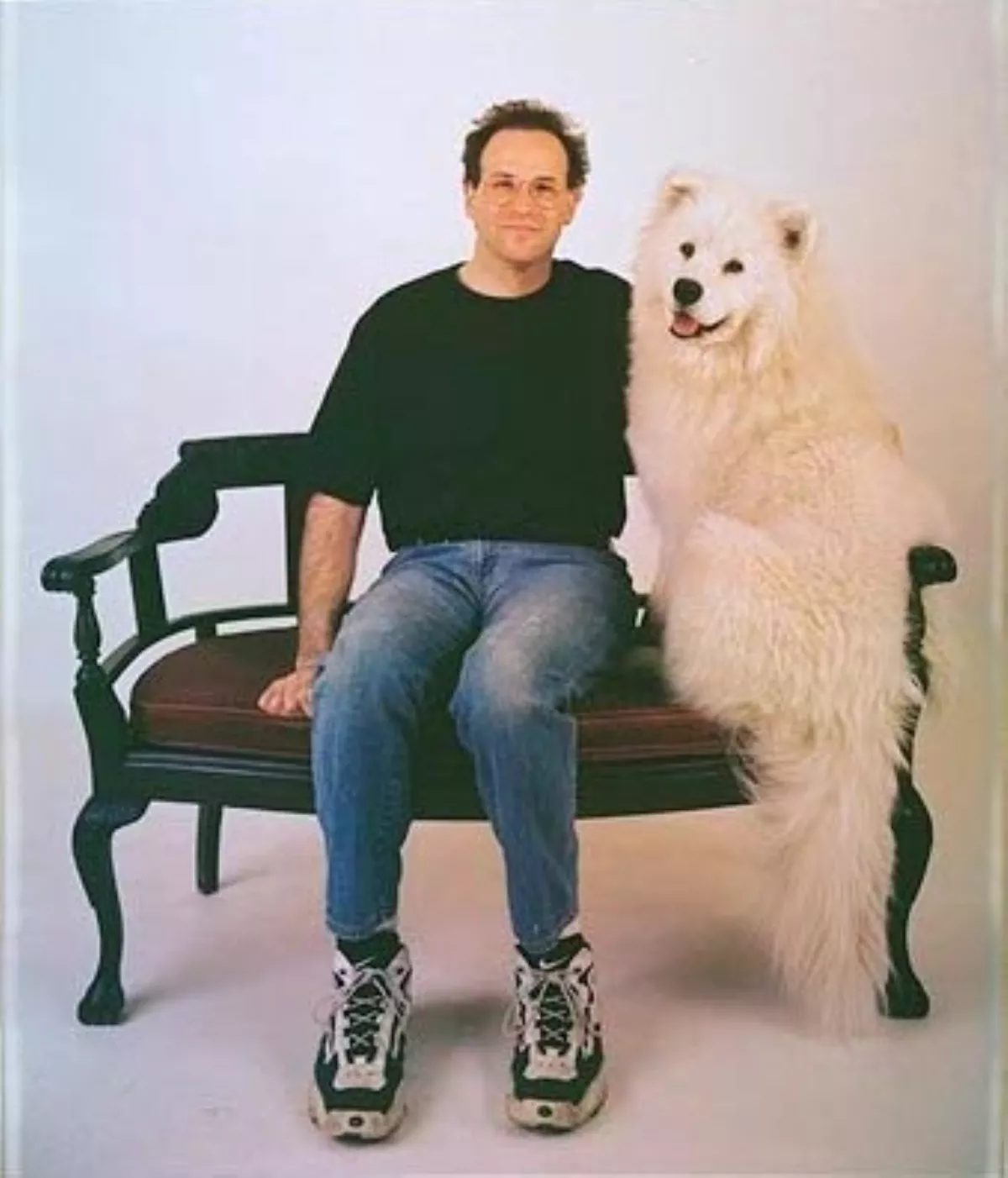 1.
1. Philip Greenspun was born on September 28,1963 and is an American computer scientist, educator, early Internet entrepreneur, and pilot who was a pioneer in developing online communities like photo.

 1.
1. Philip Greenspun was born on September 28,1963 and is an American computer scientist, educator, early Internet entrepreneur, and pilot who was a pioneer in developing online communities like photo.
In 1995, Philip Greenspun was hired to lead development of Hearst Corporation's Internet services, which included early e-commerce sites.
Philip Greenspun seeded the community with "Travels with Samantha", a photo-illustrated account of a trip from Boston to Alaska and back.
Philip Greenspun founded the open-source software company ArsDigita and, as CEO, grew it to about $20 million in revenue before taking a venture capital investment.
Philip Greenspun was a developer of one of the first Web-based electronic medical record systems.
Philip Greenspun's Oracle-based community site LUSENET was an important early host of free forums.
Philip Greenspun was employed as a commercial pilot for Delta Air Lines subsidiary Comair from 2008 until it ceased operation in 2012.
Philip Greenspun is listed as an instructor at the East Coast Aero Club and was interviewed by NPR regarding the success of a Groupon helicopter lesson offer.
Philip Greenspun is the editor of Medical School 2020, which provides a first-person account by a medical student.
Philip Greenspun has taught electrical engineering and computer science at MIT.
In 2003, Philip Greenspun helped teach a newly designed circuits and electronics course at MIT.
In 2007, Philip Greenspun donated $20,000 to Wikimedia Foundation to start a project fund for the payment of illustrators to supply illustrations for use on Wikimedia Foundation projects.
Philip Greenspun is a volunteer for Angel Flight and, on December 6,2010, assisted in the first nationally arranged kidney paired-donation in which kidneys were flown from Lebanon, New Hampshire to St Louis and vice versa.
In December 2013, Philip Greenspun donated $10,000 to Kids on Computers, a 501 non-profit which sets up computer labs in areas where kids do not have access to technology.